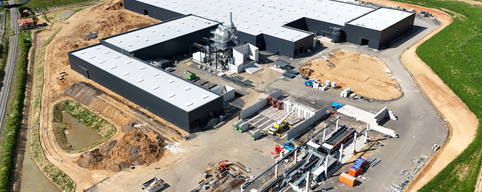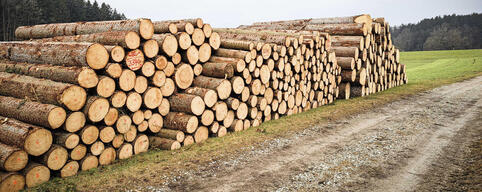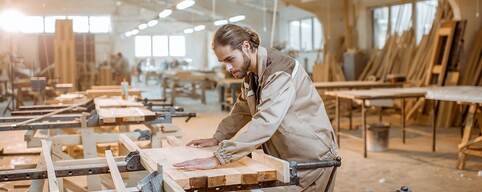

Bosnia and Herzegovina's wood industry faced a challenging year, yet managed to achieve a remarkable trade surplus despite rigid international trade conditions. The sector's performance is a testament to its resilience and strategic adaptation to external changes, notably achieving a trade surplus of 1.074 billion KM. This marks a significant accomplishment, as exports covered imports by 295%, demonstrating a robust trade balance even amidst declining export values.
The overall export value in the wood industry reached 1.624 billion KM, revealing an 8.5% decrease from the previous year. This dip in exportation predominantly impacted high-value forestry products such as furniture and prefabricated houses. Imports, however, also experienced a reduction, with a 6.3% decrease bringing them down to 549.8 million KM. These dual declines might suggest a broader contraction in trade operations, possibly due to global economic fluctuations or shifting market demands.
While furniture exports—which constitute a significant 42.7% of total exports—dropped by 8.5% to 692.8 million KM, other sectors within the wood industry did not remain unscathed either. Upholstered chairs, a staple export product, saw a substantial decline of 23.6%. This downturn in the furniture segment reflects not only external trade challenges but also potentially shifting design trends and consumer priorities globally.
The reduction across nearly all import groups further illustrates Bosnia and Herzegovina's cautious approach towards balancing its trade scale. Although exact figures were not detailed, this overarching trend might indicate strategic cutbacks on imports in response to volatile market environments or as a maneuver to prioritize domestic production.
Intriguingly, the international trade dynamics underscore a strategic orientation within the industry. Bosnia and Herzegovina's export relationship with China, primarily involving unprocessed wood, highlights a focus on raw material dispatch, while imports from Poland largely consist of finished goods like furniture. This disparity underscores the value-added transformations and industry relocations within the global wood market, with emerging economies capitalizing on the primary resources of nations like Bosnia and Herzegovina.
Nevertheless, the rise in the export of unprocessed wood offers a silver lining. Following the lift on the suspension of forest assortment exports from BiH, the sector benefited distinctly, with export volumes and values increasing by 51% and 43% respectively. This surge can be seen as harnessing natural resources to bolster trade, forging a crucial financial bulwark amidst the decline in other finished wood product exports.
In conclusion, the performance of Bosnia and Herzegovina's wood industry amidst fluctuating export and import dynamics underscores a resilient yet adaptable industrial strategy. While challenges persist, notably within the high-value exports segment, the industry has notched several strategic wins, such as optimizing raw material exports and maintaining a favorable trade surplus. Moving forward, capturing additional value in manufacturing while managing materials sustainably will be critical in navigating this intricate trade landscape.



